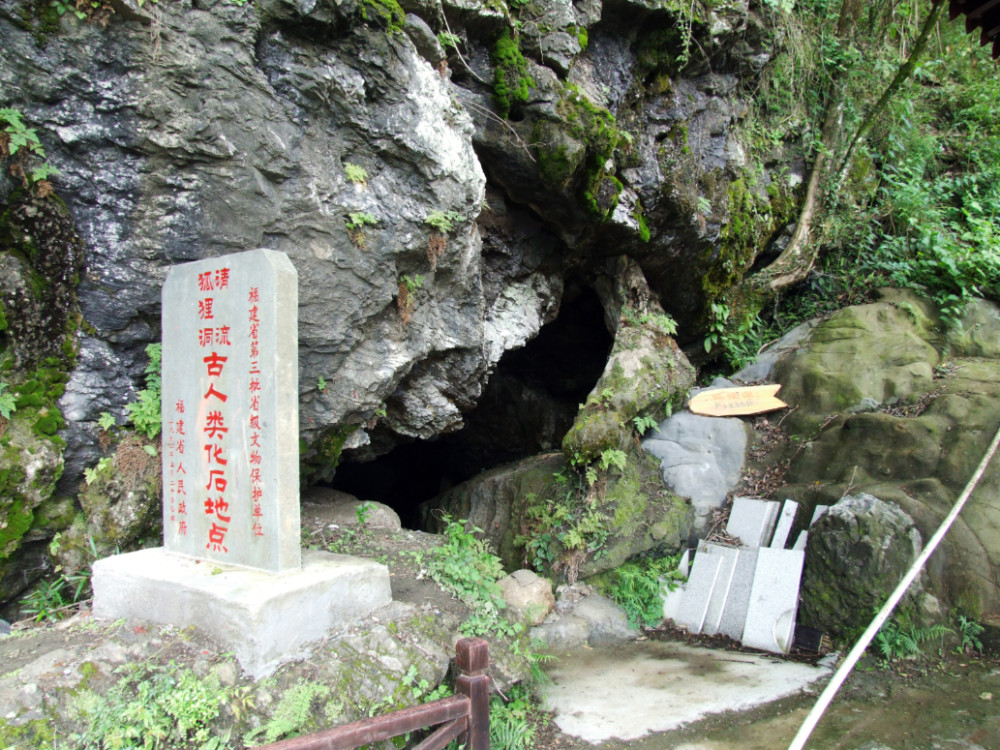Ancient Human Fossils Site in Huli (Fox) Cave, Qingliu County
2021-07-19 23:44:06

The Ancient Human Fossils Site in Huli (fox) Cave Qingliu County, is located on the halfway up the hill of the northeast bank of Ansha reservoir opposite Dongkou Village, Shawu Township, Qingliu County, Fujian Province. The cave is of more than 10 meters depth, 3-4 meters width and of less than five meters height at present. In the deeper part of the cave, over 10 square meters of stratigraphic accumulation were piled up more than 10,000 years ago, which is earlier than Late Pleistocene. The accumulation contains a large number of Quaternary mammal fossils and human teeth fossils. The remaining over 50 square meters are stratigraphic accumulation of Holocene which dates from less than 10,000 years ago. In the lower part of the cave, there are Neolithic cultural deposits, including stone short axe, arrowhead and a large number of pottery pieces. In 1989, the first excavation in Huli Cave mainly focused on the late Pleistocene strata accumulation at the back of the cave, covering an area of more than 10 square meters. There are five ancient human teeth fossils, 17 animal teeth fossils, and bird wings and leg bones fossils. It is the first Paleolithic remains with clear strata in Fujian Province. The discovery of Huli Cave ancient human fossils fills the gap of Paleolithic Archaeology in Fujian Province and pushes the history of human activities in Fujian Province to ten thousand years ago. As a significant archaeological discovery along the Belt and Road in southeast coastal area of China, it is hailed as “the source of Fujian people”. In 1991, the Qingliu Huli Cave Site was published as a provincial cultural relic protection site by Fujian Provincial People’s government.